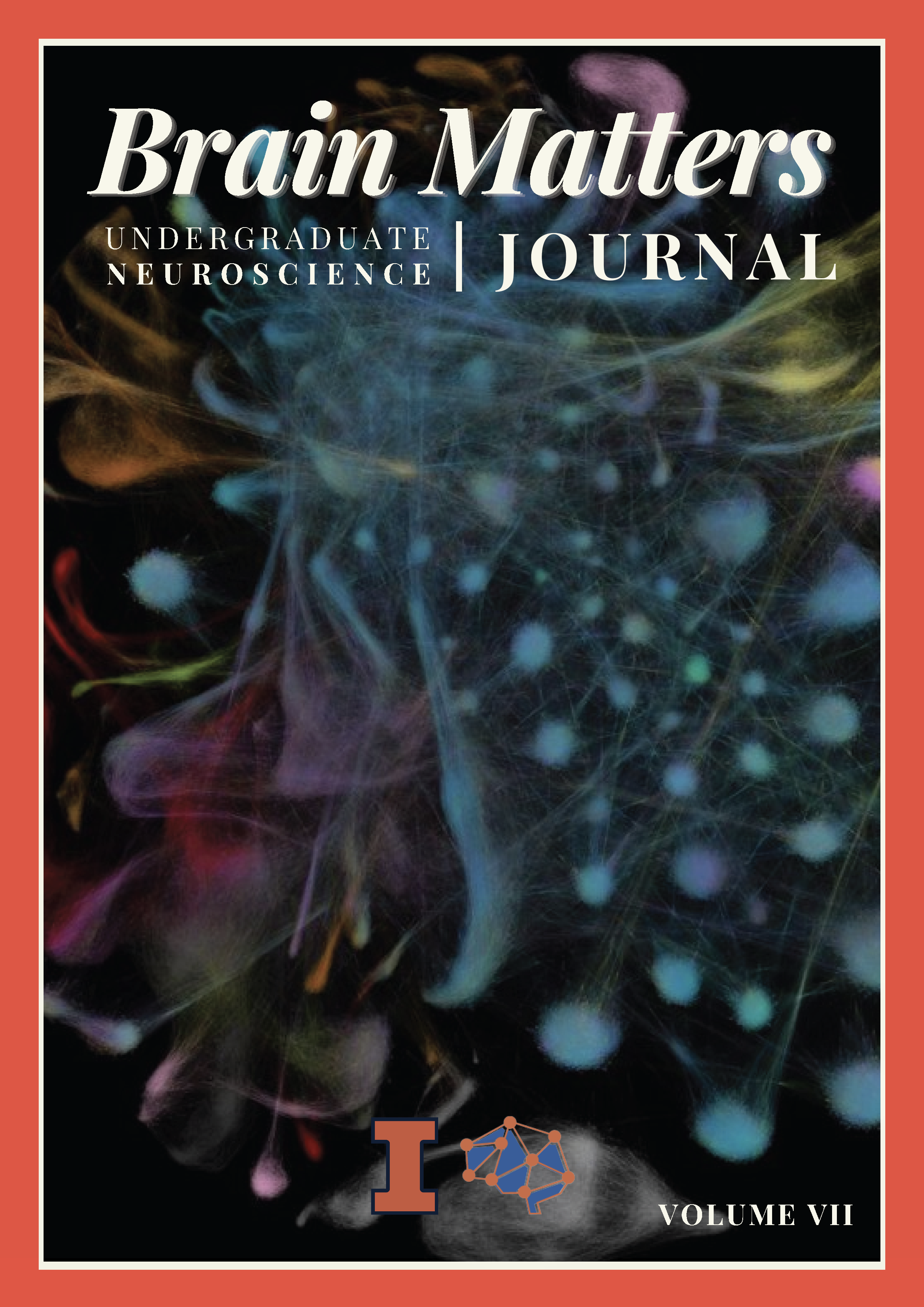How the Brain Creates Predictive Models of the Environment
Main Article Content
Abstract
Researchers, utilizing technologies like fNIRS (functional near-infrared spectroscopy) on 6-month-olds and EEG (electroencephalography) on infants viewing image sequences, can uncover how young brains craft and apply predictive models to react to events. Adult brain learning is also examined through two types: model-free learning (trial and error) and model-based learning (implementing predictive models). By analyzing data from various age groups, researchers can examine how brains craft predictive models of the environment and leverage those findings for future implications. Dissecting the way the brain constructs predictive models of the environment at distinct ages is crucial for developing enhanced educational practices: this paper examines the development of predictive cognitive models from infancy through adulthood using neurological studies, highlighting their implications for enhancing educational strategies and adaptive behaviors.
Article Details

This work is licensed under a Creative Commons Attribution-NonCommercial-ShareAlike 4.0 International License.

